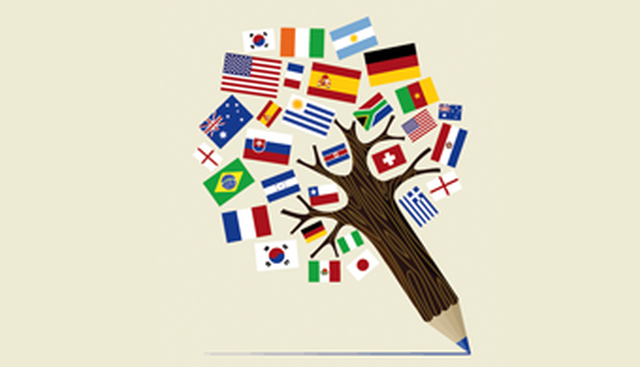Acquiring skills in a new language can be a daunting and challenging task for many individuals, as it involves contact with a linguistic world that is very different from the one they are used to.
In addition, the trainee will still have to get acquainted with a world that is completely different from the one he already knows, which can be a frightening experience for some and, at the same time, exciting for others.
In fact, this perspective of exploring new linguistic horizons can be one of the main motives for the search for knowledge of a new language.
However, there are some languages that end up being more difficult than others, which is exactly why we have brought you a list of the most difficult languages to learn today. Check it out below.

The three hardest languages to learn
1. Mandarin
Mandarin is one of the most widely spoken languages in the world, with over a billion native and non-native speakers. It is the official language of China, Taiwan, and Singapore, and is widely spoken in Chinese communities around the world.
Mandarin’s grammar differs markedly from Western languages such as English and Spanish. Mandarin is a tonal language, which means that the intonation of a word can change its meaning. Learning Mandarin can be a challenge.
2. Korean
In contrast, Korean is a language spoken by about 80 million people around the world, mostly in South Korea and North Korea.
The Korean alphabet is known as Hangeul and was created by the Korean King Sejong in the 15th century. It is a writing system with 14 consonants and 10 vowels.
Most Korean words are written using hangul, but many foreign names and words are written in Chinese characters known as hanja.
Also in the Korean language there is a complex system of speech levels, which means that the way you speak to someone depends on your relationship to that person, age, gender, and social status.
3. Polish
Finally, Polish is one of the West Slavic languages spoken by about 40 million people, mostly in Poland but also in other countries such as Ukraine, Belarus, and Lithuania.
It is a complex language, with a rich grammar, which means that words change form to indicate gender and number.
The Polish alphabet is based on the Latin alphabet, but it contains some additional letters, such as “ł” and “”. Polish writing uses a lot of diacritics, like accents, which can be tricky for someone learning the language.



![[VÍDEO] Elton John’s final show in the UK has the crowd moving](https://www.lodivalleynews.com/wp-content/uploads/2023/06/Elton-John-1-690x600.jpg)

More Stories
A South African YouTuber is bitten by a green mamba and dies after spending a month in a coma
A reptile expert dies after a snake bite
Maduro recalls his ambassador to Brazil in a move to disavow him and expand the crisis